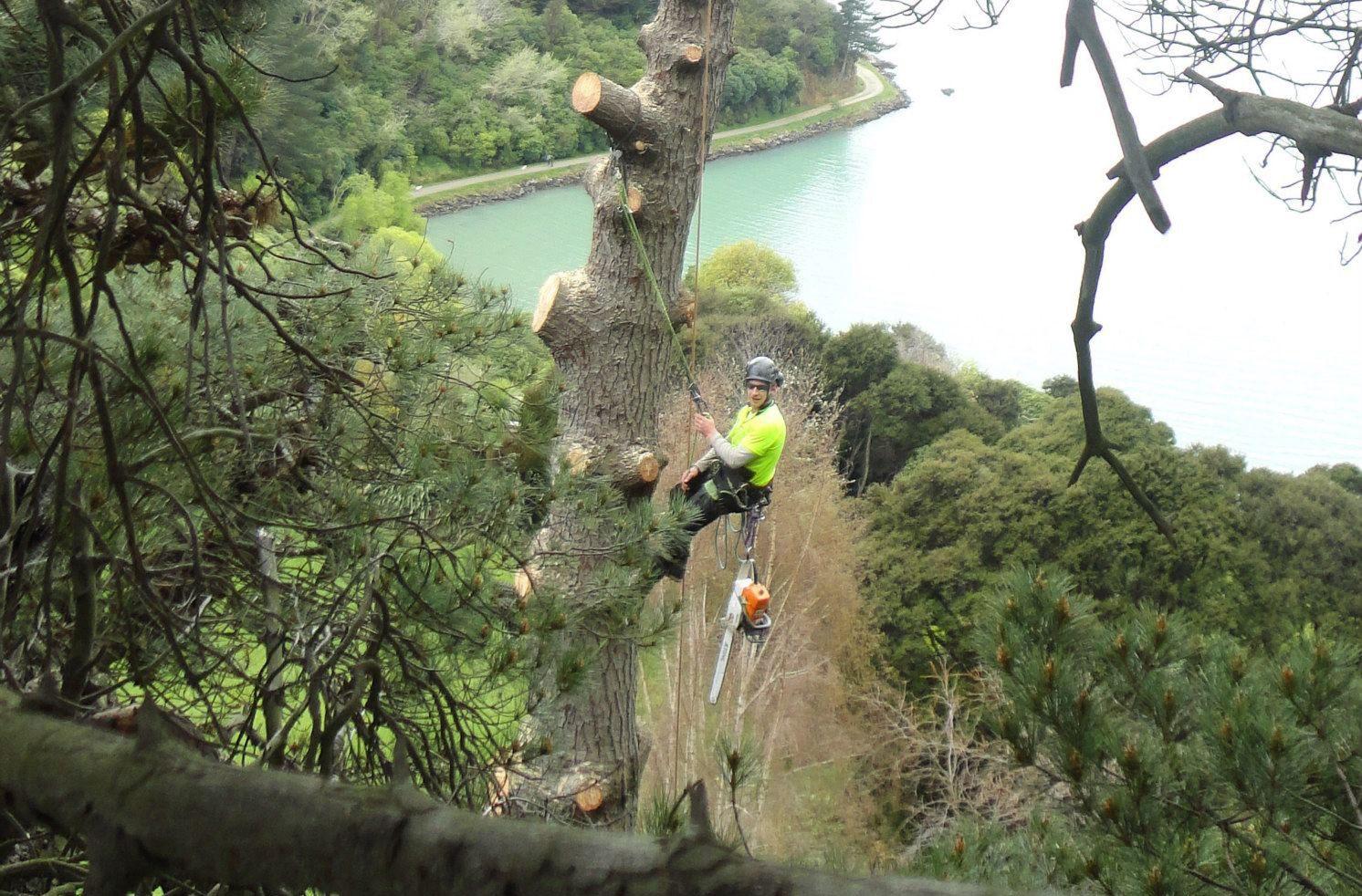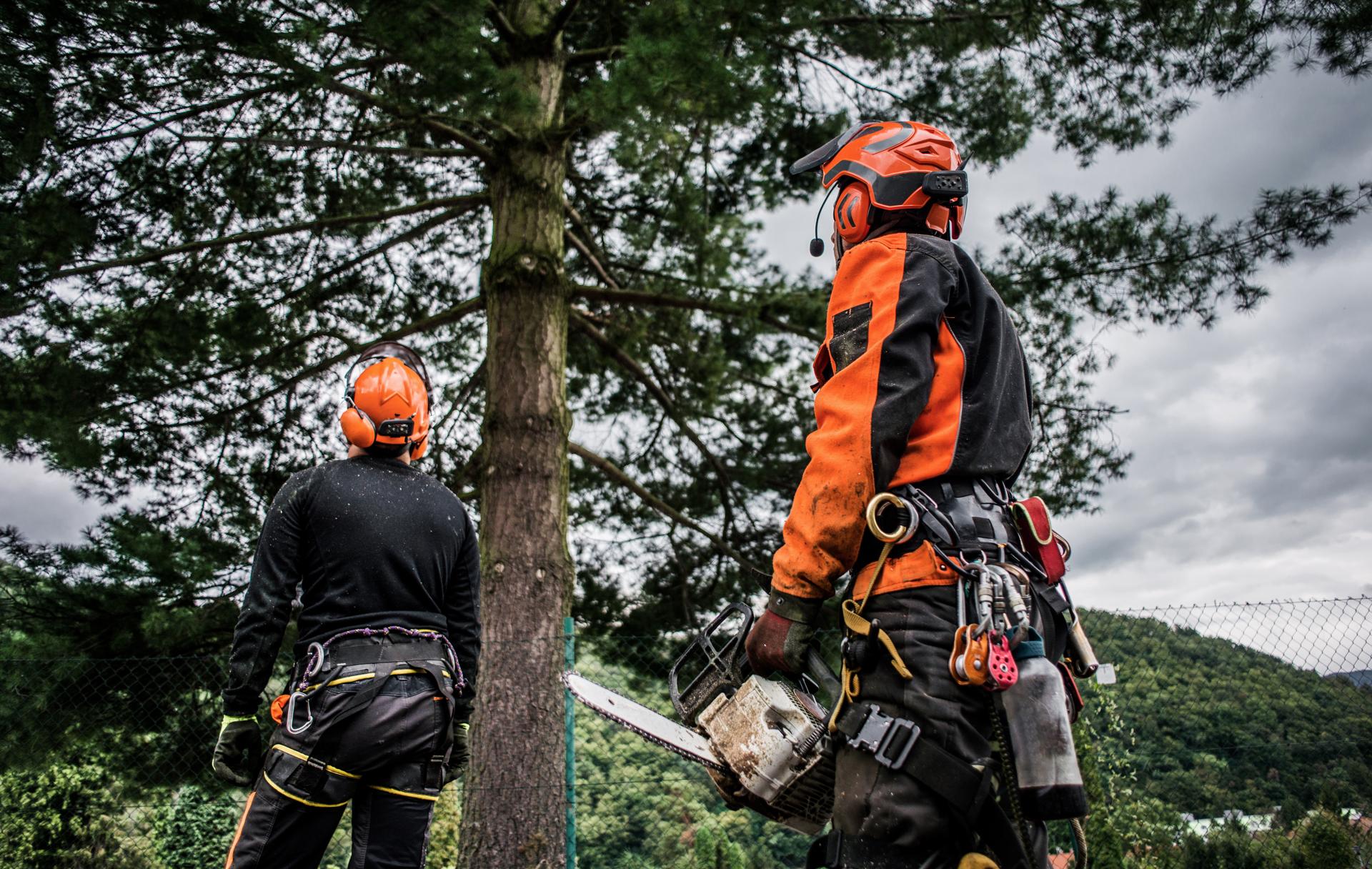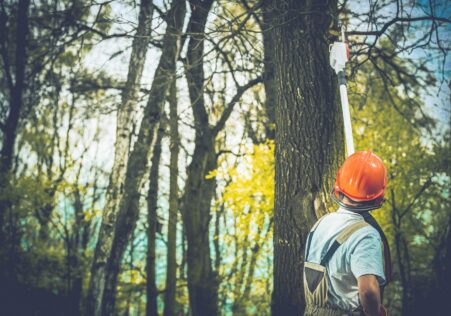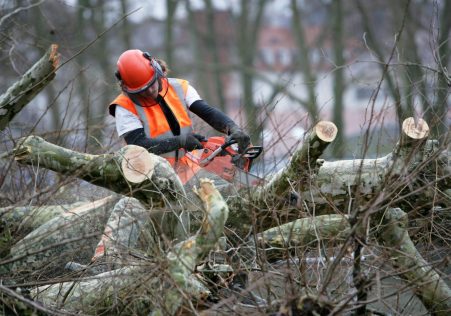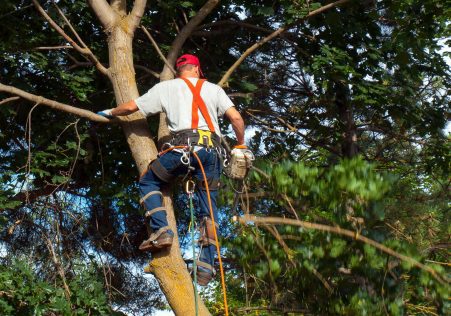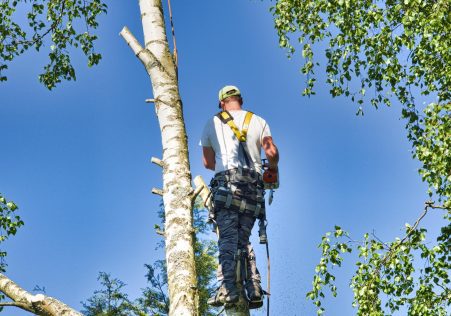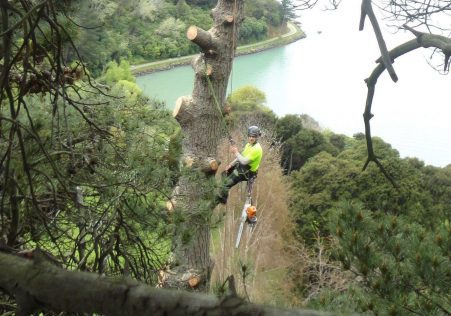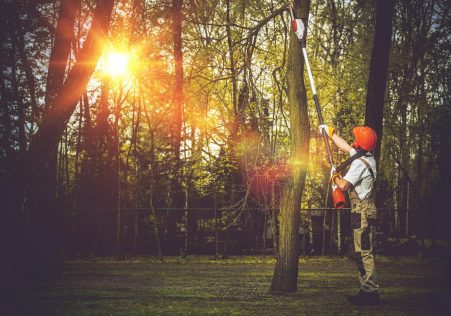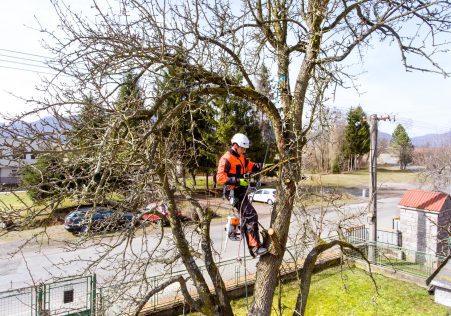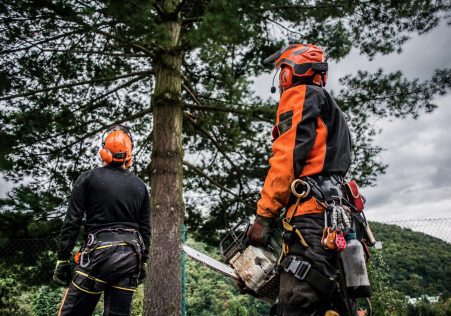The Expert Guide to Tree Lopping

Tree lopping is a crucial element of tree care and management. It is the process of removing certain branches, stems, or trunks of a tree to manage its growth, shape and size. While it may seem like an easy task but it requires a certain degree of expertise, experience and understanding to complete it safely and effectively. If you’re considering cutting trees, it is essential to understand what it involves, why it’s necessary and the best way to do it.
What is Tree Lopping?
Tree lopping is the process of removing specific branches and trunks, as well as stems of a tree in order to manage its growth, shape, and size. This kind of tree care is performed to enhance the overall health, appearance and safety. It can also be utilized to get rid of dead or diseased branches that could be a danger to individuals and property.
What is the reason Tree Lopping Important?
There are many reasons why tree lopping is essential, including: Improving tree health: Lopping can remove diseased or damaged branches that can cause rot or disease to other parts within the trees. Improved appearance of trees: Lopping can help maintain the shape and size of a tree, improving the overall appearance of the tree. Increasing tree safety: Lopping can remove branches that may pose a risk to people and property and make the tree more secure. Ensuring better sunlight penetration: Lopping can help improve how much sunlight is reaching through the earth, and could be beneficial to other plants and plants.
How to Perform Tree Lopping safely and effectively?
The safest way to perform tree lopping effectively requires a high level of skill, experience, and expertise. It’s recommended that you seek the help of a skilled Inner West Tree Removal arborist to perform this task. Our arborists are well-trained and highly skilled. They also are equipped with the latest technology and equipment. They can perform the task safely, effectively and efficiently, ensuring that your tree is healthy and attractive for long time to come.
FAQs
The difference in lopping trees and pruning them?
Tree lopping is the removal of larger branches, stems, or the trunks of trees, while tree pruning refers to cutting down smaller shoots and branches.
How often should I get my tree trimmed?
The frequency of lopping trees depends on many variables, such as the species of tree, its growth rate and the reason for the lopping. A qualified Inner West Tree Removal arborist can advise you on the ideal frequency for your particular tree.
Can I do tree lopping by myself?
While it may seem like something that is easy, tree lopping is a dangerous and complex task that requires a high degree of expertise and understanding. It’s recommended that you seek the help of a skilled Inner West Tree Removal arborist to perform this job.
Conclusion
Tree lopping is a crucial aspect of tree maintenance and management. It is the process of removing certain branches or stems or trunks of a tree to control the growth, shape, and size. To ensure that your tree remains beautiful, healthy, and safe It is crucial to get the help of a qualified Inner West Tree Removal arborist. Our arborists are highly trained, highly skilled, and have access to the latest equipment and technology. They are able to do the job efficiently, safely and efficiently, making sure that your tree remains well-groomed and beautiful for the years to come. Don’t take any chances with the safety of your tree and its health. Contact 1300 636 143 today to schedule a tree lopping appointment with one of our experienced arborists. Our team is ready to provide you with the top-quality tree care services you need to ensure your trees are looking good. Trust Inner West Tree Removal to take care of all your tree trimming requirements in Inner West and the surrounding areas.

